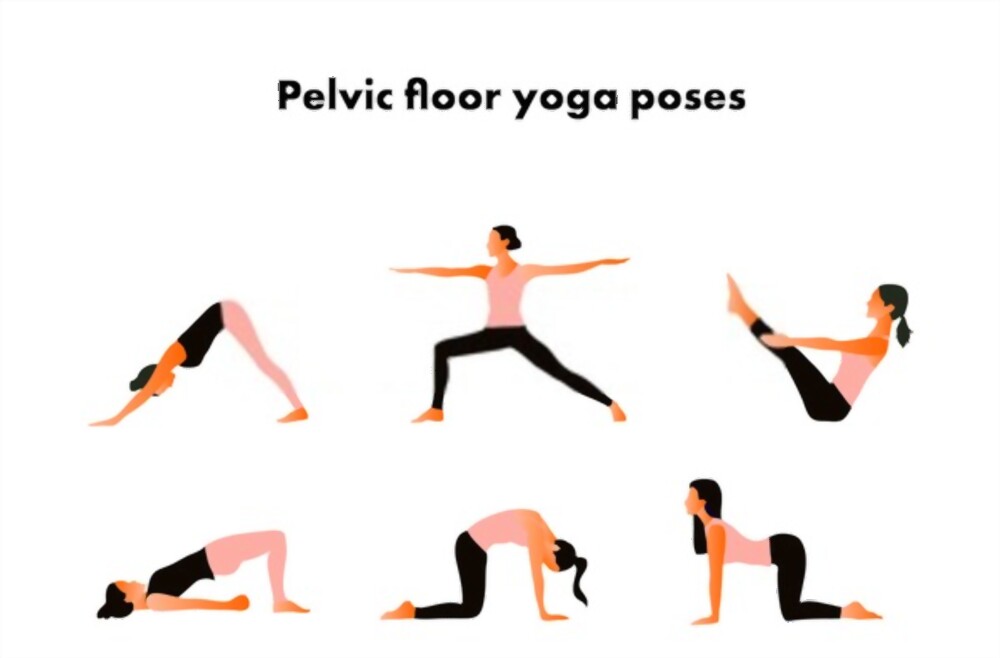What is pelvic floor?
The pelvic floor consists of the pelvic muscles. It supports abdominal and pelvic viscera.
Functions-
- maintains bowel and bladder continence
- voiding and defecating
- sexual activity, and childbirth.
Pelvic floor dysfunction-
Weak, strained, or tight pelvic floor muscles cause dysfunction. Leading to symptoms of pelvic pain,incontinence, pain with sex, sexual dysfunction, prolapse.
The pelvic exercises help in stabilization of the pelvic floor and provide resistance to downward movement. It helps strengthen and increase control over the pelvic floor muscle and also to reduce or eliminate symptoms associated with pelvic floor dysfunction.
When do you need to do these exercise?
- Incontinence /frequency/urgency
- Pain in pelvic area
- Sexual dysfunction
- Pelvic organ prolapse
- Chronic low back pain
Activating the Pelvic Floor Muscles-
- find a comfortable position and attempt to relax all muscles
- focus on a steady breathing pattern.
- replicate the action of stopping the flow of urine mid-stream. (anterior muscles)
- replicate the action of stopping passing gas. (posterior muscles)
do not actually stop the flow of urine mid-stream when using the bathroom, as this may lead to difficulty with fully emptying the bladder.
Specific Exercises
Kegel exercise
- Start by holding your pelvic floor muscles in for 5 seconds
- slowly and completely relax.
- perform 10 times, at least 3 times every day.
Don’t use your stomach, leg, or buttock muscles.
To progress, increase the time you hold and rest your pelvic floor muscles.
Hypopressive Exercise
Hypopressive exercises (HEs) lower intra-abdominal pressure. They also concurrently help increasing the tone of the pelvic floor muscles and abdominals.
Any posture can be chosen (standing, kneeling, quadruped, sitting and supine), combined with a hypopressive maneuver, ie have performed an expiratory apnea (breath hold at end expiration), while drawing-in their abdomen and opening their rib cage.
Biofeedback exercise-
Biofeedback is an instrument-assisted intervention that allows to observe real-time pelvic floor muscle activity. It can be used to strengthen weak pelvic floor muscles. It is also helpful to relax hypertonic pelvic floor muscles. They help improve sensitivity and neuromuscular control of the pelvic floor muscles.
Conclusion-
Practicing pelvic floor exercises is important as it helps to improve the strength of pelvic musculature and also provides with an increased core stability. A lot of pelvic floor issues rise with phases of pregnancy, childbirth, menopause, etc. rehab focusing on pelvic floor helps tackle a lot of common problems faced.
Also read- https://vcurehealthcare.com/jaw-pain-it-could-be-a-sign-of-joint-dysfunction/





